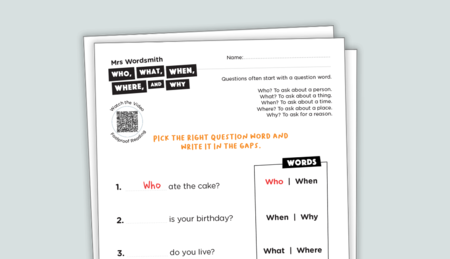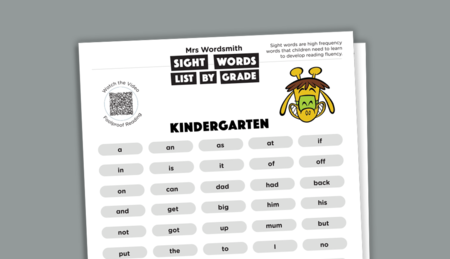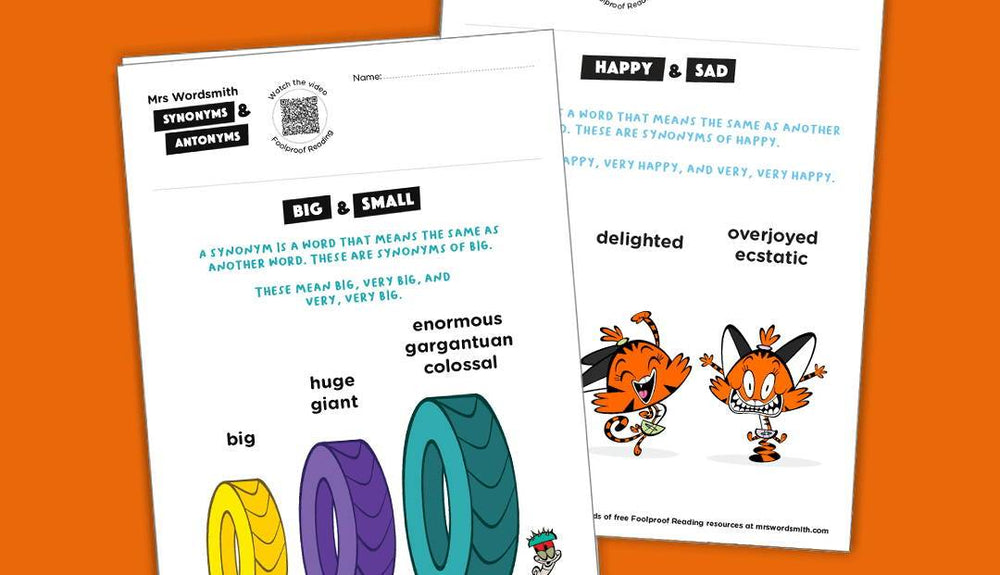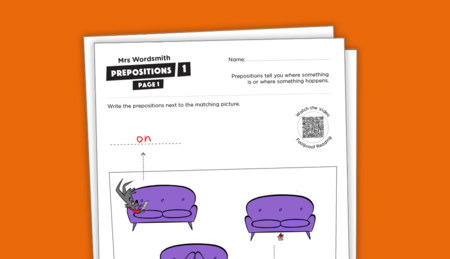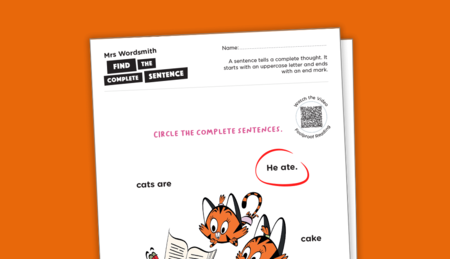What are consonant blends?
Consonant blends are clusters of two or three consonants which appear together in a word. Each letter in a blend makes a sound and these sounds are then blended together. For example, in the word play, the p and the l must be blended together to read the full word. In the word scrape, three consonants make up the blend: s, c, and r. Consonant blends can often be found at the beginning or end of words. Children must learn how to pronounce them orally but also how to spell them in written speech.
There is a crucial difference between blends and digraphs. While digraphs are also combinations of letters, they form a single sound, whereas in consonant blends all the letters included still make their own sound -- the individual sounds are just quickly pronounced together. For example, the s-p-l in splash is a consonant blend, but the sh is a digraph.
Why are consonant blends important?
Consonant blends are extremely common -- there are several in this sentence alone -- so it’s helpful for children to be familiar with them. Learning blends is helpful especially when tackling unfamiliar words because it will enable children to identify blends as familiar units within unknown words; this then will make decoding unfamiliar words easier.
Tips for teaching consonant blends:
- Teaching blends requires practice and should begin at a young age with oral blending. Oral blending helps teach children how to put sounds together to make words.
- Help children notice common blends in words we use every day. For example, bl-, fl-, pl-, sl-, and dr- are all common consonant blends. A good approach is to ask children to pronounce and write words with consonant blends after you use them in a sentence. This will encourage them to understand how sounds combine, but also to associate each word to its meaning.
- Start with short words, then slowly build toward longer, more complex words -- this will help children understand blends and will help them feel more confident about reading, even when attempting words they don’t know yet, or words with blends they haven’t seen before.
- Try our fun Race-Track Blends activity below!
How to teach consonant blends
Amelia Mehra
Mon, Jun 12, 23
3 minutes read
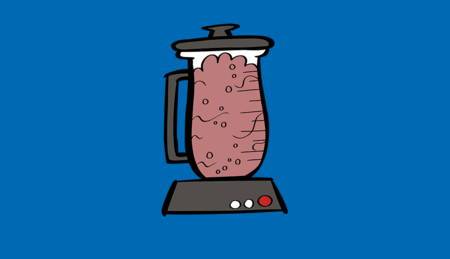
Deep Dive
Read our report on the Science of Reading. Research-based reading instruction must incorporate the 5 pillars of reading: phonemic awareness, phonics, fluency, vocabulary, and comprehension. This report provides an easy to understand overview of each of these pillars and explains the important connection between how the brain learns to read (the Neuroscience of Reading) and how we teach children to read (The Science of Reading Instruction). It also explains why helping children build connections between letters and sounds, through phonics and phonemic awareness, is so crucial for the developing reading mind. This report is perfect for sharing with colleagues and friends!Phonics, Phonemic Awareness,Letters and Sounds,Early Reading,ELA K-2,
Explore more on
Related Free Resources

Vowel sounds chart
Amelia Mehra
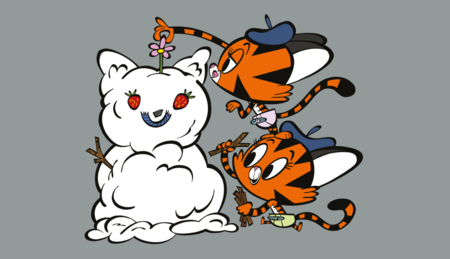
Phonics instruction phase three: more phonics
Amelia Mehra
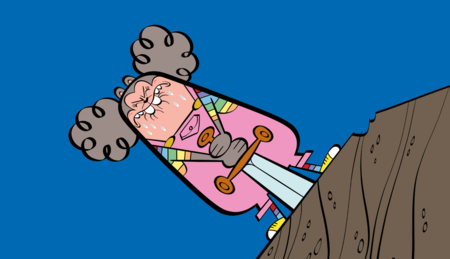
Phonics instruction phase two: phonics
Amelia Mehra
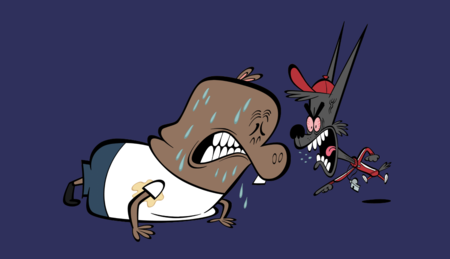
What is phonemic awareness?
Amelia Mehra
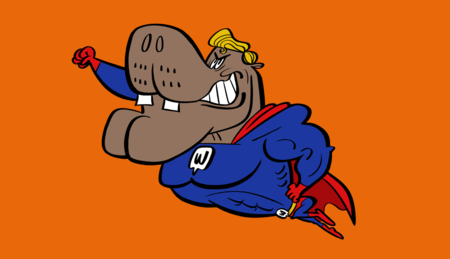
What is a phoneme?
Amelia Mehra
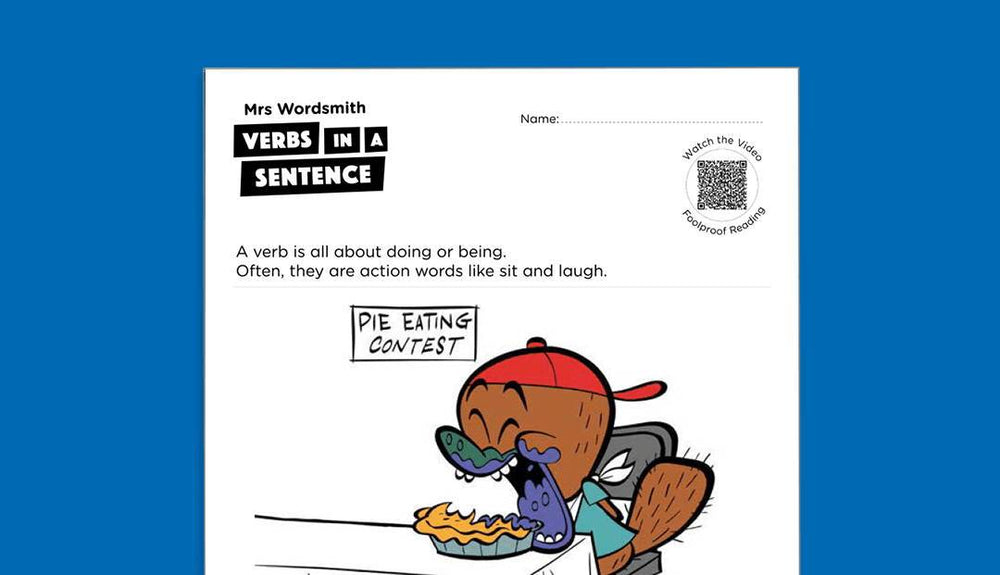
Verbs in a sentence
Amelia Mehra
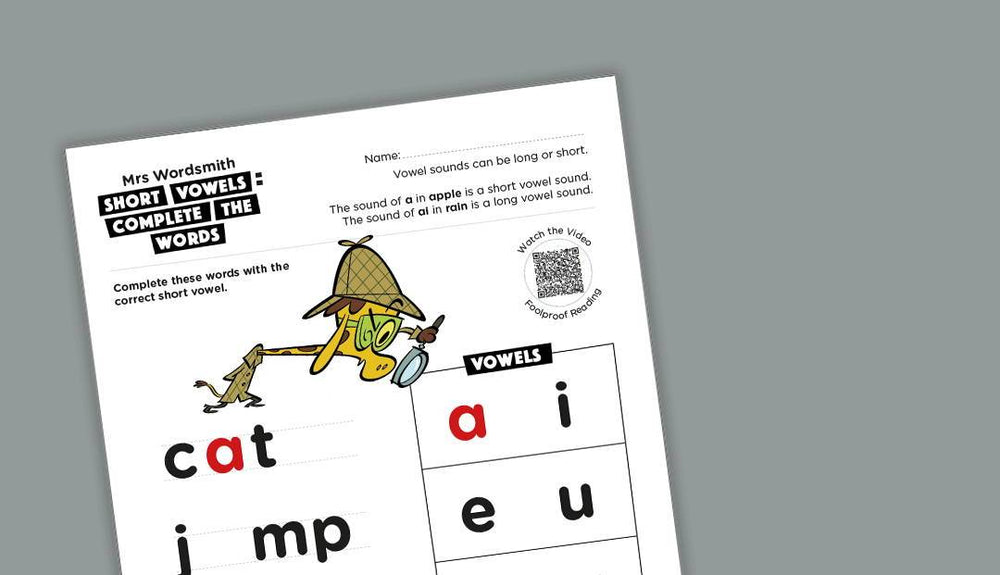
Short vowels: complete the words
Amelia Mehra
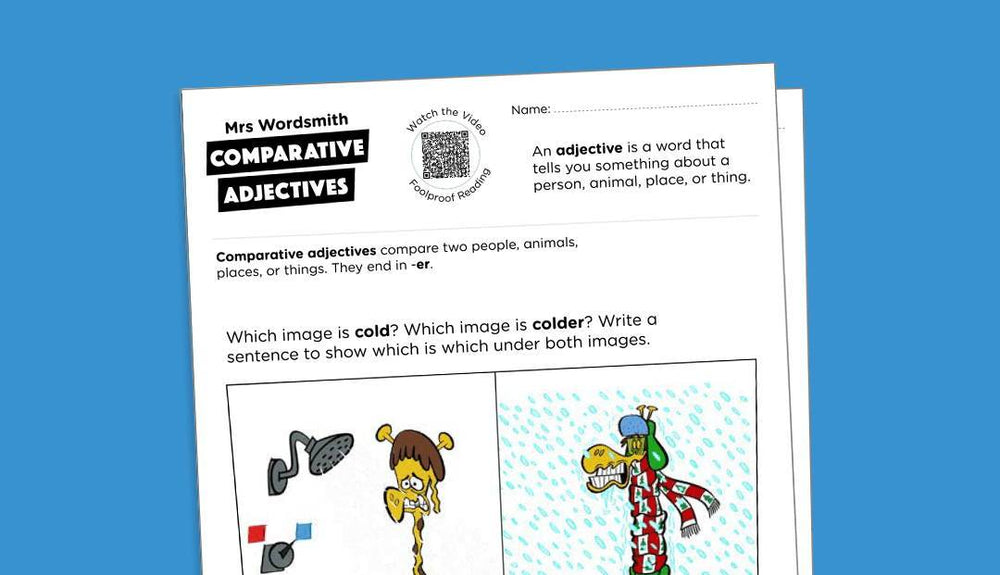
Comparative adjectives
Amelia Mehra
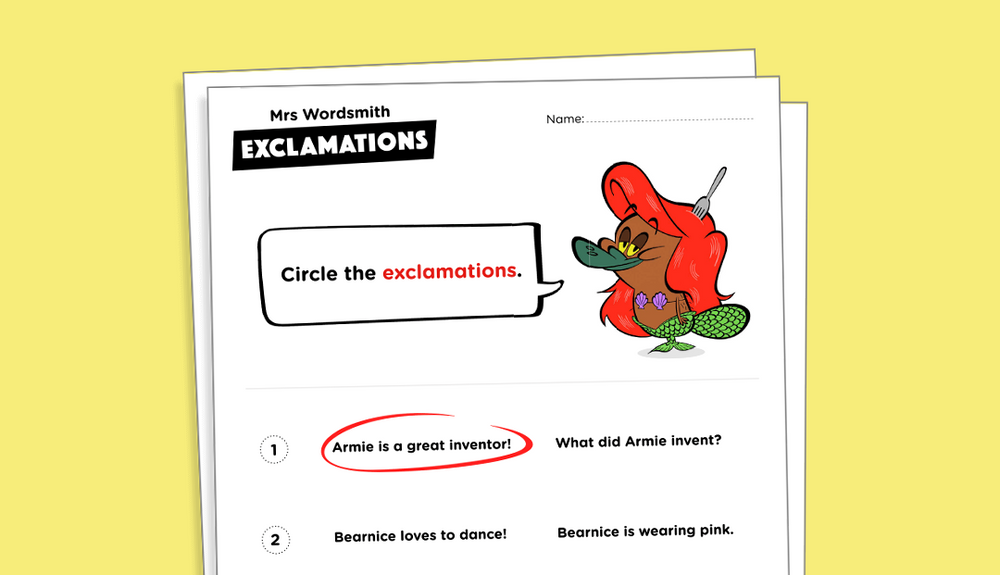
What is an exclamation?
Amelia
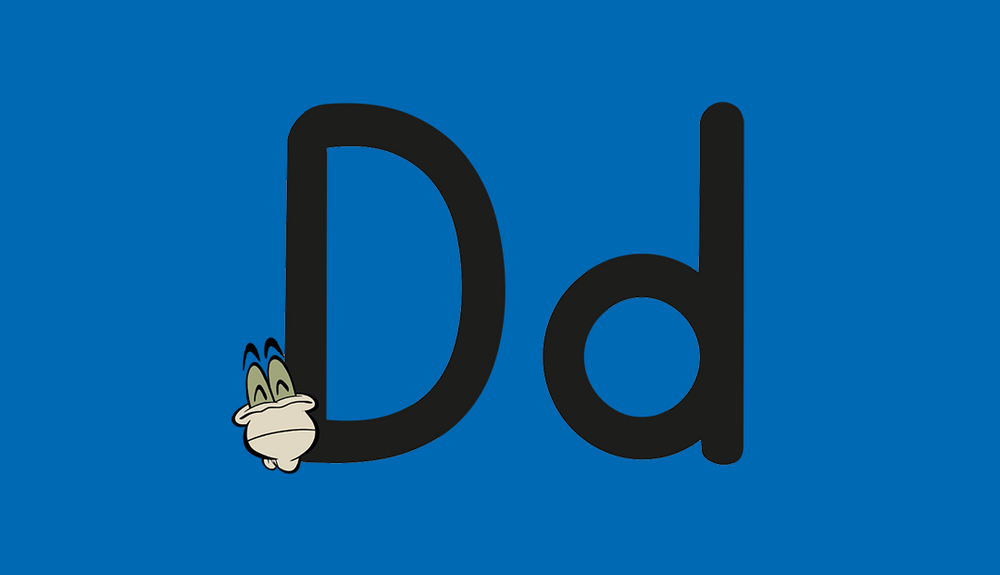
The letter D
Amelia
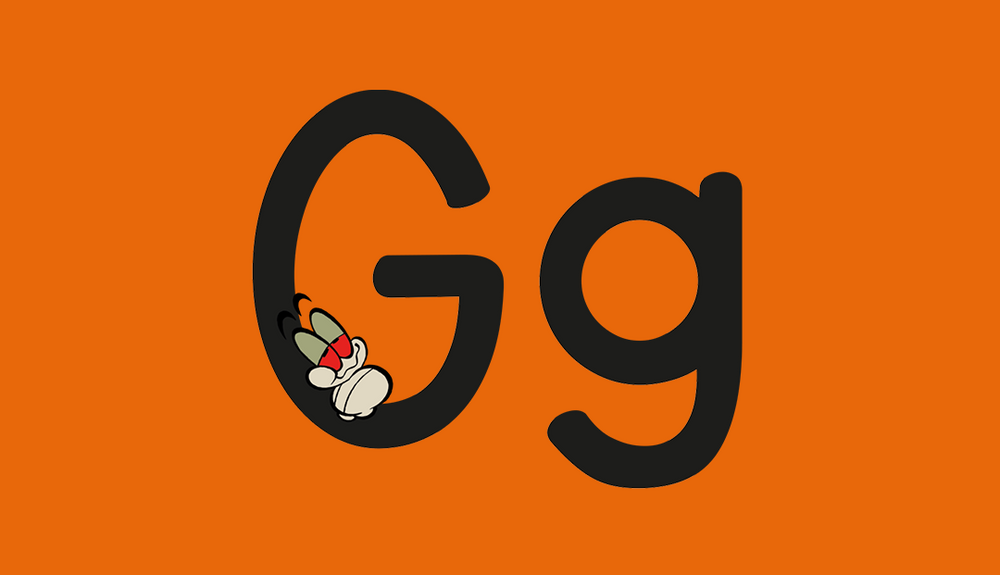
The letter G
Amelia
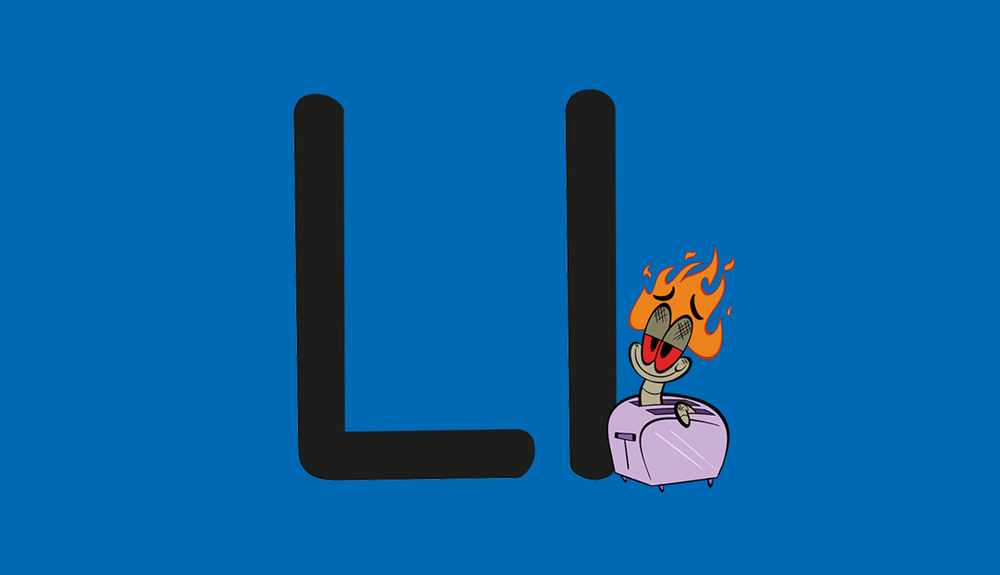
The letter L
Amelia
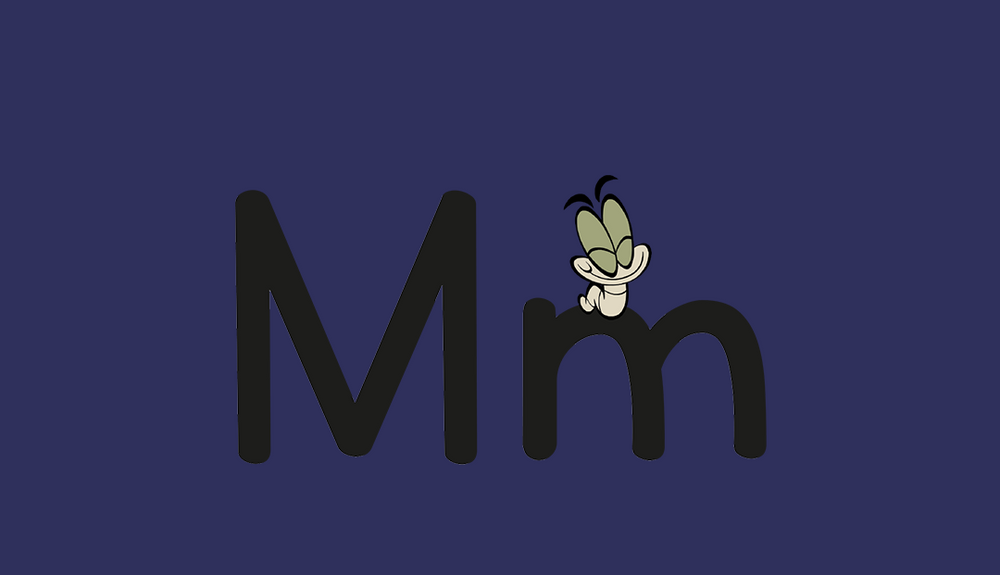
The letter M
Amelia
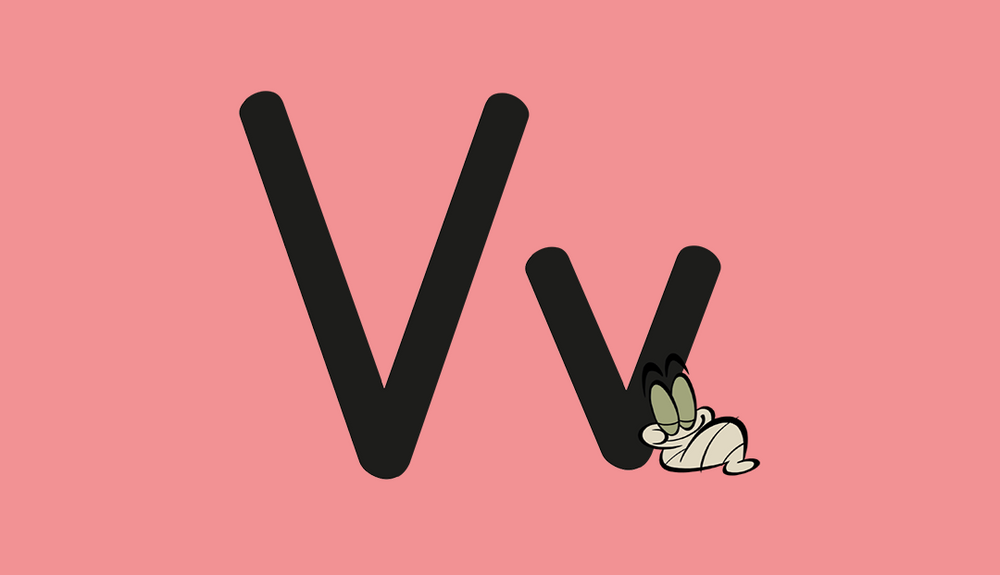
The letter V
Amelia
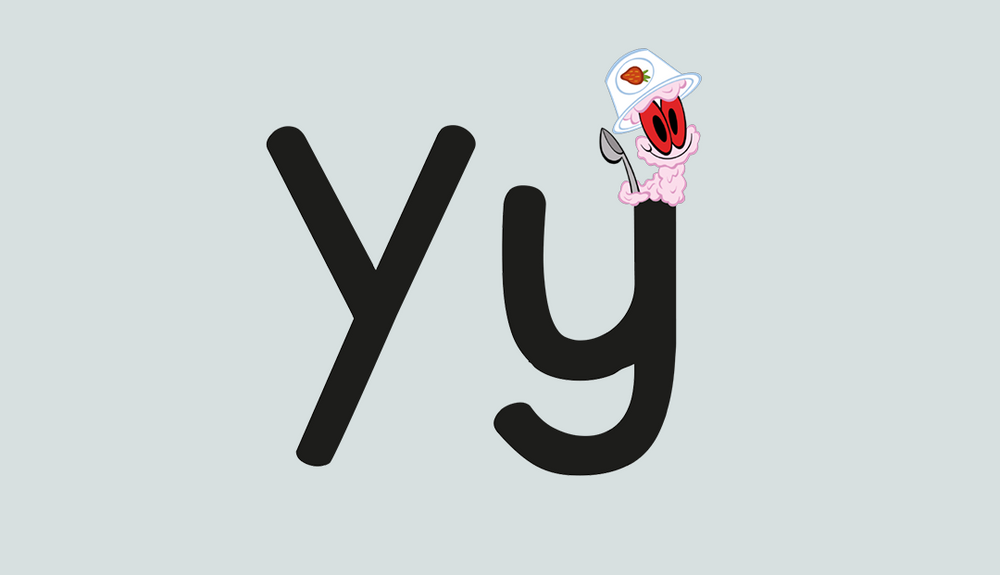
The letter Y
Amelia
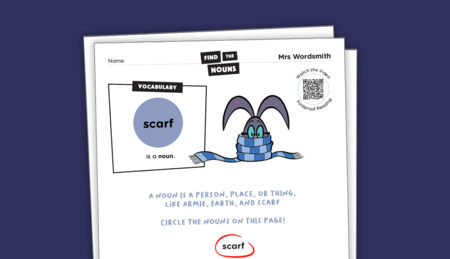
What is a noun?
Amelia
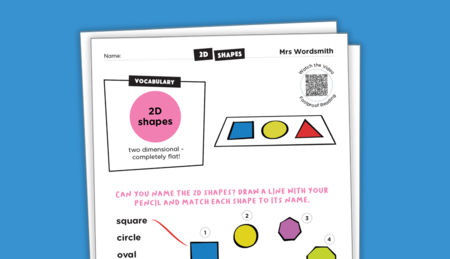
2D shapes
Amelia
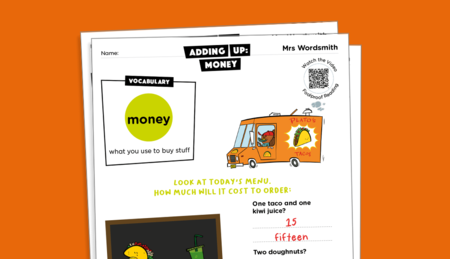
Adding up: money
Amelia
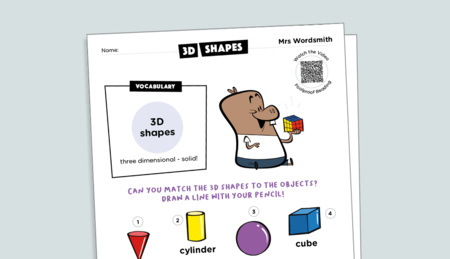
3D shapes
Amelia
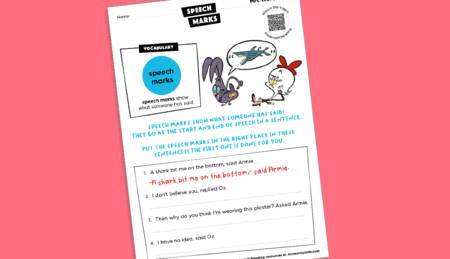
Speech marks
Amelia
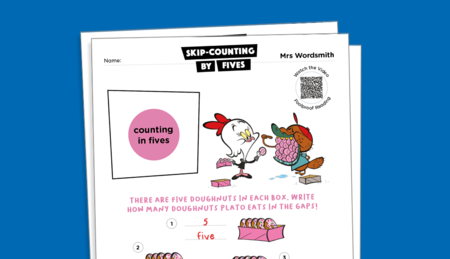
Skip-counting by fives
Amelia
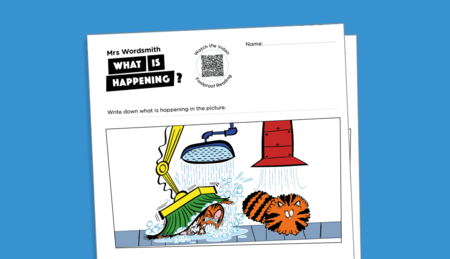
The main idea: part 2
Amelia
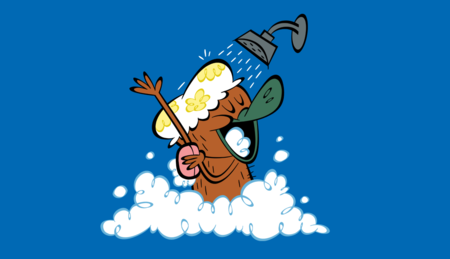
What’s the difference between learning the alph...
Amelia Mehra
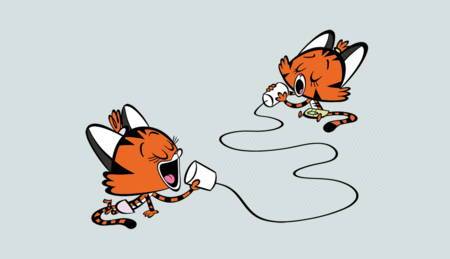
Teaching phonemes
Amelia Mehra
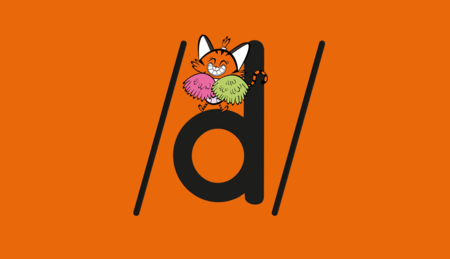
The phoneme /d/
Amelia Mehra
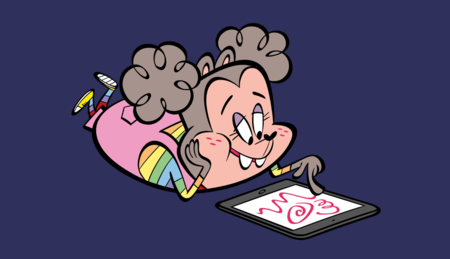
When and how do children learn phonics at school?
Amelia Mehra
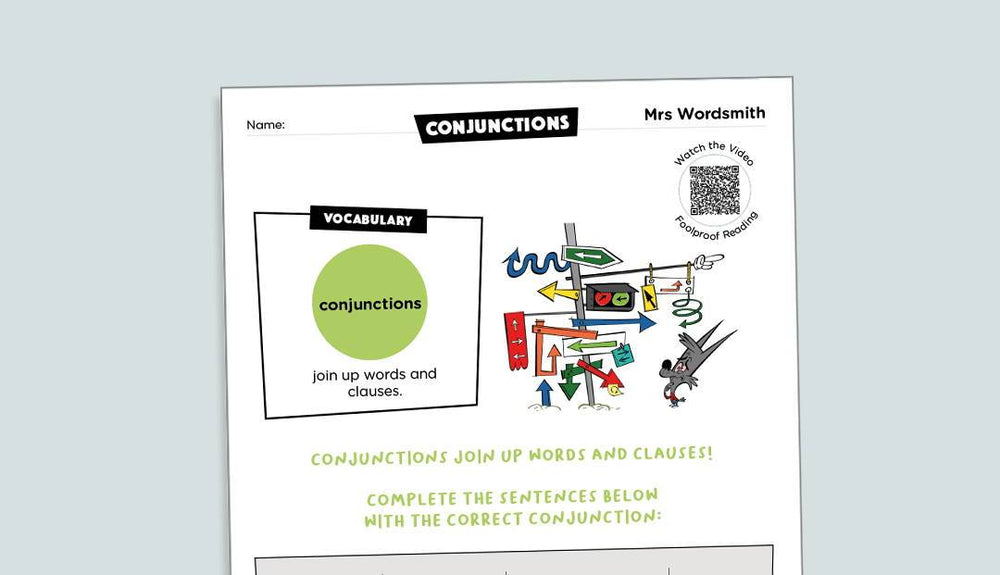
Conjunctions
Amelia Mehra
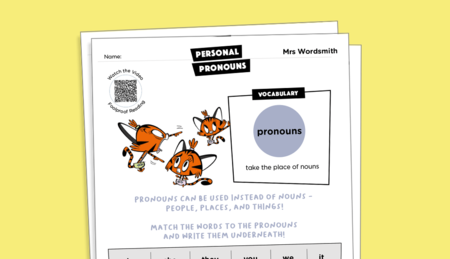
Personal pronouns
Amelia
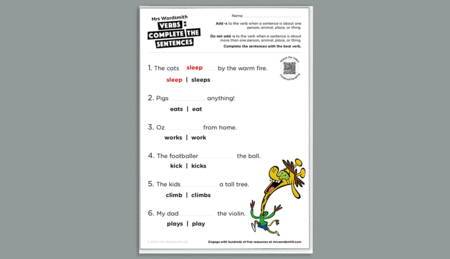
Verbs: complete the sentence
Amelia
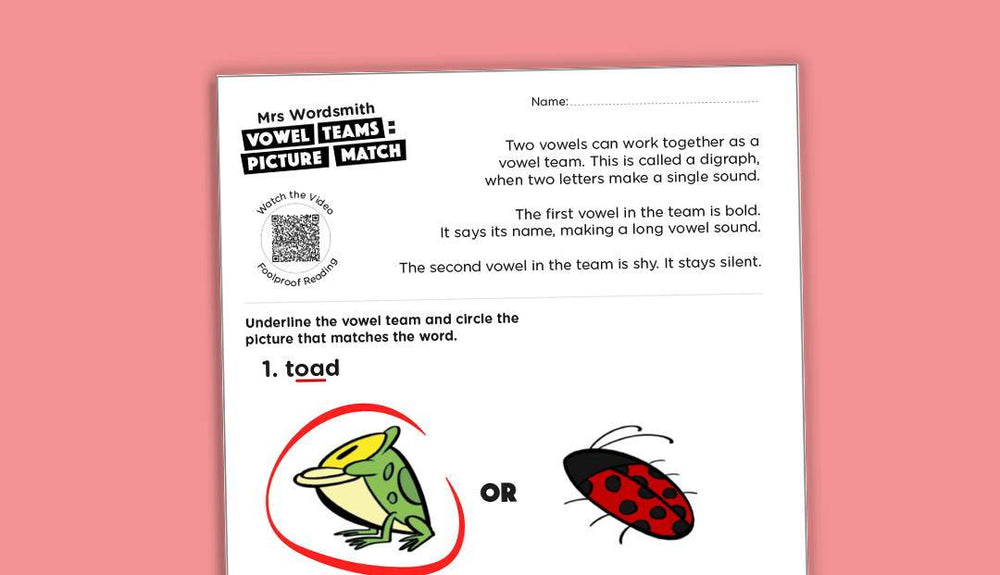
Vowel teams: picture match
Amelia Mehra
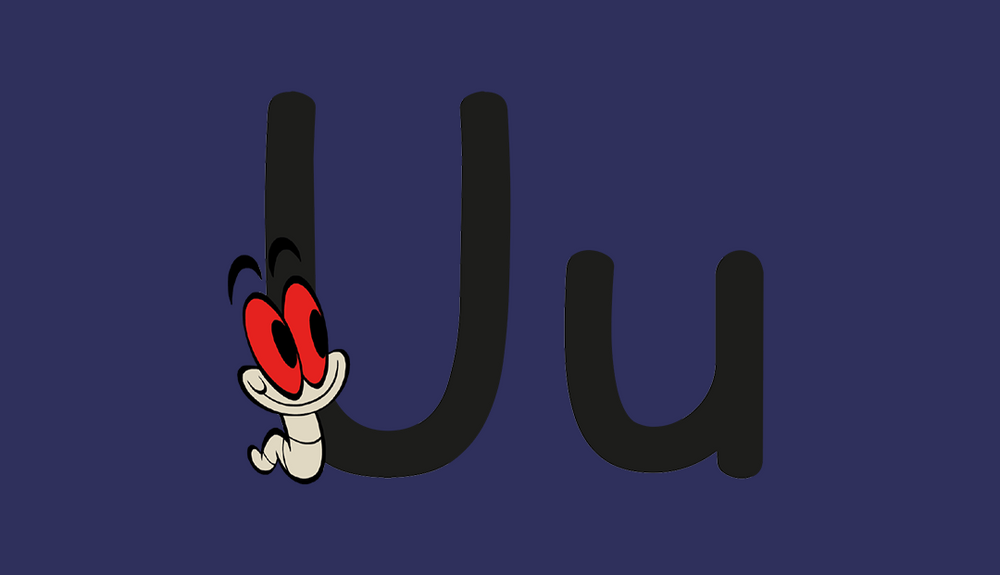
The letter U
Amelia
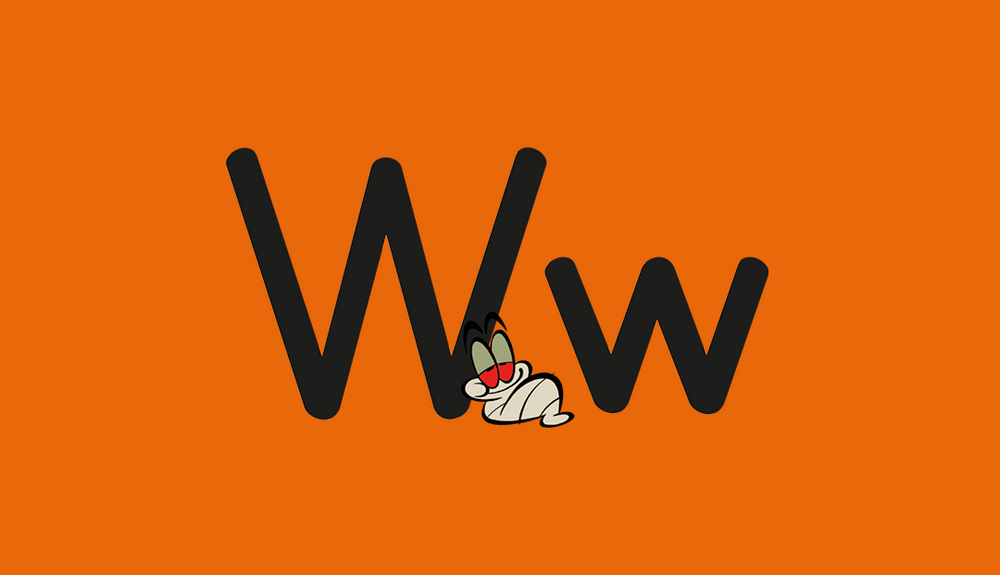
The letter W
Amelia
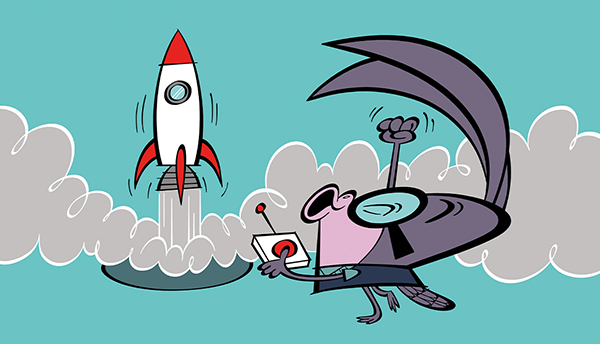
Lesson plan: short vowels
Amelia Mehra
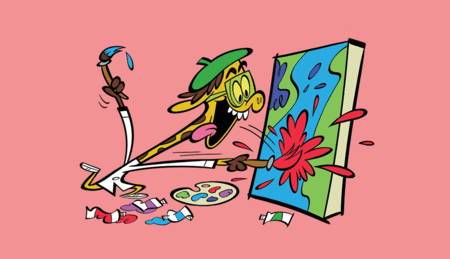
Lesson plan: self and creativity
Amelia Mehra
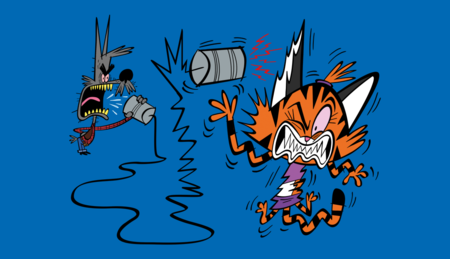
What is phonics?
Amelia Mehra
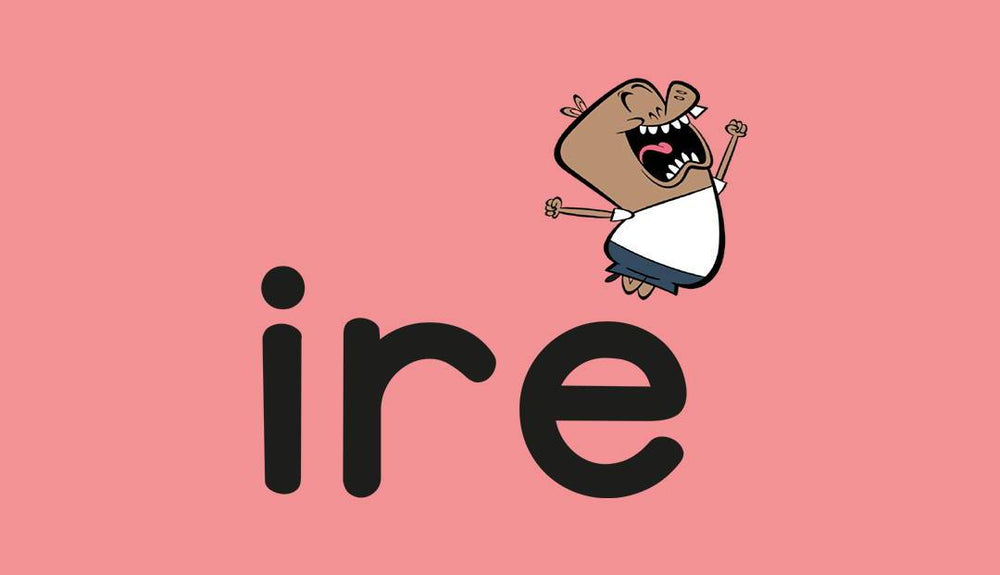
The grapheme ire
Amelia Mehra
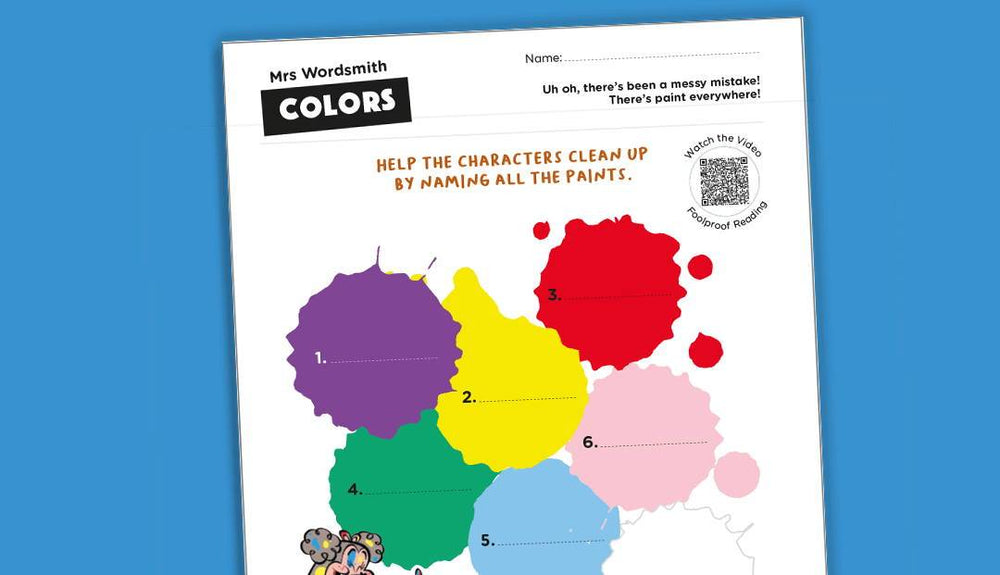
Color words
Amelia Mehra
X


